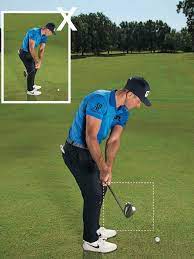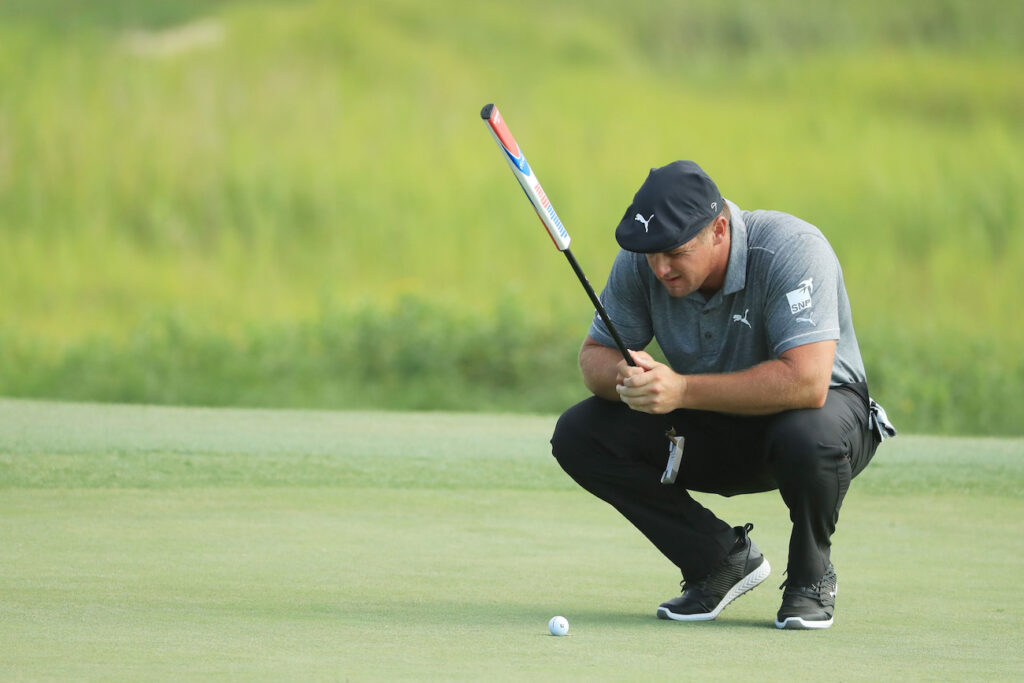If you’ve been golfing for some time, you know that you have a club which is far more dependable than any other in your bag. If you haven’t found your MONEY MAKER CLUB (the one you can take to the bank), you are not enjoying this game. It’s time for you to take this game more seriously and find your club that will make your “money shots”. We are talking about the shots that really count when the pressure is on.
Of course the pros count on every club to perform and you would like to achieve the same consistent performance with every club. Why not grow the strength of your game with a club that you can control.
Driver: This club is designed for distance, but you have to learn to draw or fade every shot back into the fairway.
Fairway metals and Hybrids: They are designed to nip your ball off the grass and work very well as long as you keep your head on a level plane and swing with power through the ball within a quarter inch of the ground.
Putter: Only the most premium courses have pristine smooth greens and even then, divots and ruts from clumsy feet can distort the direction for every putt. That’s why you should be pleased when you 2-putt every green.
Middle to High Irons: Used properly by taking some or no divot, these clubs should be your most forgiving clubs and should give you more successful Money Shots. By swinging with weight transfer to your leading foot, you have more height forgiveness than any other club. Of course, your setup and lineup must be correct, but these irons don’t have to be swing quickly for speed and more distance as your choice of the correct club with a moderate swing speed should be the easiest to execute.
Start enjoying your game more with a controlled swing using irons to hit your target. Spend more practice time with your irons to hit more greens in regulation and watch your scores drop. GOLFSTR+ is a great golf training aid to practice your controlled swing with a straight leading arm. Buy one today at www.GOLFSTR.com











